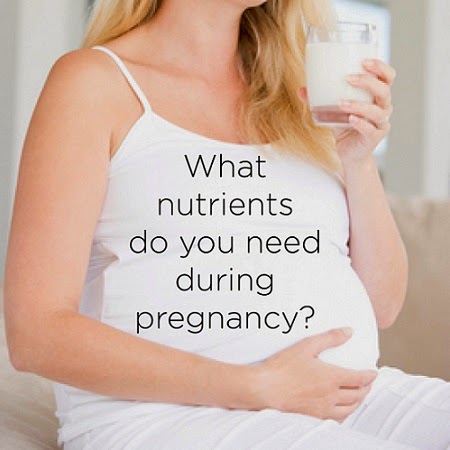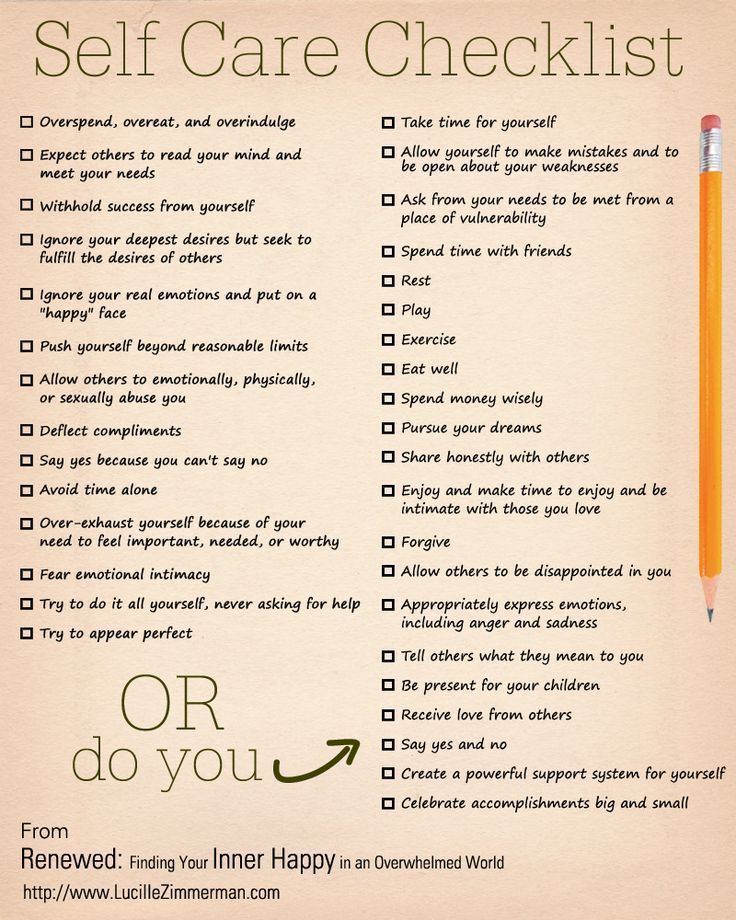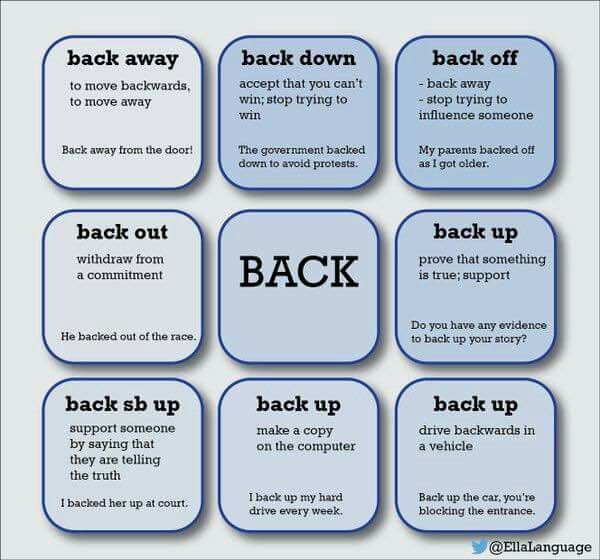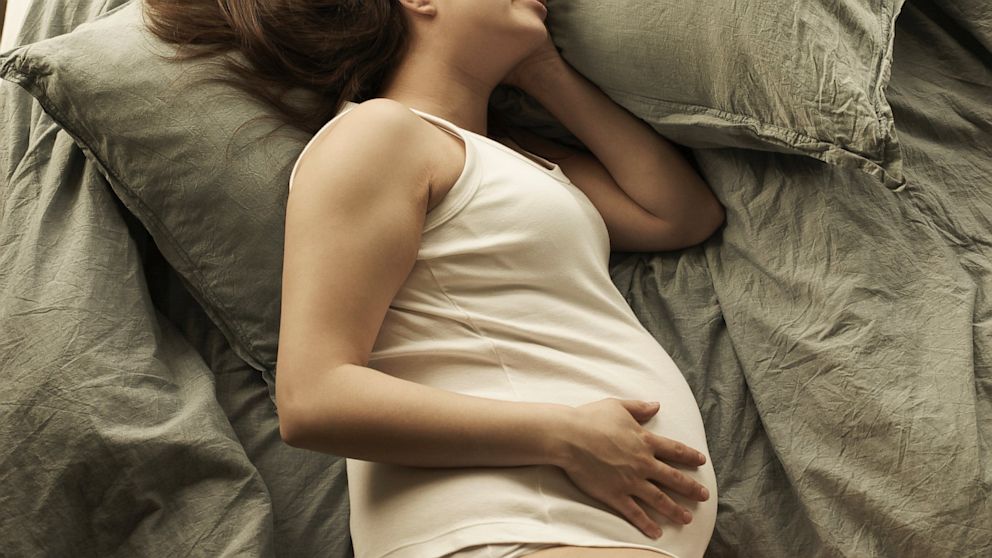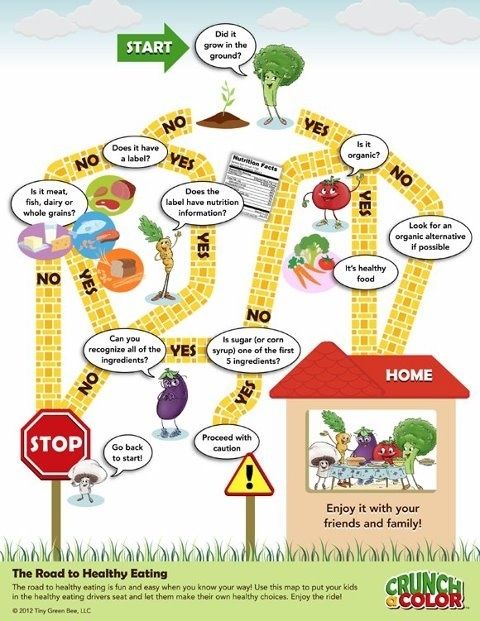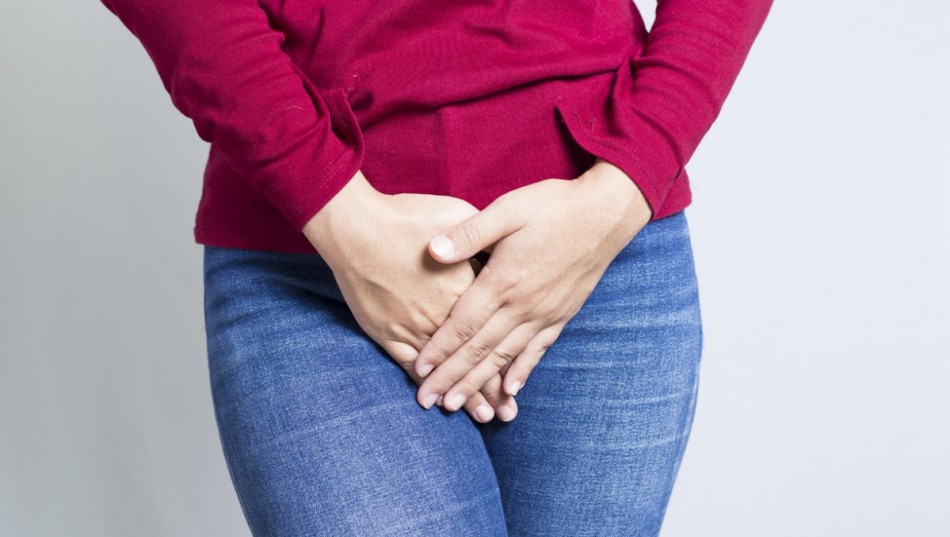Son keeps throwing up
Vomiting in children and babies
It's normal for babies and children to vomit occasionally. In most cases, it will last no longer than one to two days and isn't a sign of anything serious.
The most common cause of vomiting in children and babies is gastroenteritis. This is an infection of the gut usually caused by a virus or bacteria, which also causes diarrhoea. The symptoms can be unpleasant but your child will usually start to feel better after a few days.
However, persistent vomiting can sometimes cause your child to become severely dehydrated and occasionally it can be a sign of something more serious, such as meningitis.
This page outlines what to do if your child keeps vomiting and describes some of the common causes of vomiting in children and babies.
If your child has a high temperature, you can also read a separate page about fever in children.
What to do
If your child vomits, you should keep a close eye on them. Trust your instincts and contact your GP immediately if you're worried.
If the cause is just a tummy bug, your child should still be feeling well enough to eat, play and be their usual self. In this case, keep feeding them as normal and offer them regular drinks (see below).
But if they don't seem themself – for example, if they're floppy, irritable or less responsive – they may be seriously ill, so you should get medical help immediately.
When to get medical advice
You should contact your GP if:
- your child is repeatedly vomiting and is unable to hold down fluids
- you think they're dehydrated – symptoms of dehydration can include a dry mouth, crying without producing tears, urinating less or not wetting many nappies, and drowsiness
- their vomit is green or contains blood
- they have been vomiting for more than a day or two
Go to your nearest accident and emergency (A&E) department if your child is vomiting and develops sudden and severe tummy pain, or they're floppy, irritable or less responsive
Call 999 for an ambulance or go to your nearest A&E department immediately if they're vomiting and have a headache, stiff neck and a rash.
Looking after your child at home
In most cases, you can treat your child safely at home. The most important thing you can do is make sure they keep drinking fluids to prevent dehydration.
If your baby is vomiting, carry on breastfeeding or giving them milk feeds. If they seem dehydrated, they will need extra fluids. Ask your GP or pharmacist whether you should give your baby oral rehydration solution.
Oral rehydration solution is a special powder that you make into a drink. It contains sugar and salts to help replace the water and salts lost through vomiting and diarrhoea.
Children who are vomiting should keep taking small sips of clear fluid, such as water or clear broth. Fruit juice and fizzy drinks should be avoided until they're feeling better. If they're not dehydrated and haven't lost their appetite, it's fine for your child to eat solid foods as normal.
Again, speak to your GP or pharmacist if you're concerned about dehydration. They may recommend an oral rehydration solution for your child. Contact your GP or practice nurse if your child is unable to hold down oral rehydration solution.
Contact your GP or practice nurse if your child is unable to hold down oral rehydration solution.
If your child has diarrhoea and is vomiting, they shouldn't go to school or any other childcare facility until 48 hours after the last episode of diarrhoea or vomiting.
Read more about treating gastroenteritis in children.
Causes of vomiting in children
There are a number of possible causes of vomiting in children, which are described below.
Gastroenteritis
Gastroenteritis is an infection of the gut. It's a common cause of vomiting in children and usually lasts a few days.
Food allergy
Food allergies can cause vomiting in children, as well as other symptoms, such as a raised, red, itchy skin rash (urticaria) and swelling of the face, around the eyes, lips, tongue or the roof of the mouth.
Watch out for foods that may bring on vomiting and see your GP for a diagnosis if you think your child may have a food allergy.
Other infections
Vomiting can sometimes be a sign of an infection other than gastroenteritis, such as urinary tract infections (UTIs), middle ear infections, pneumonia or meningitis.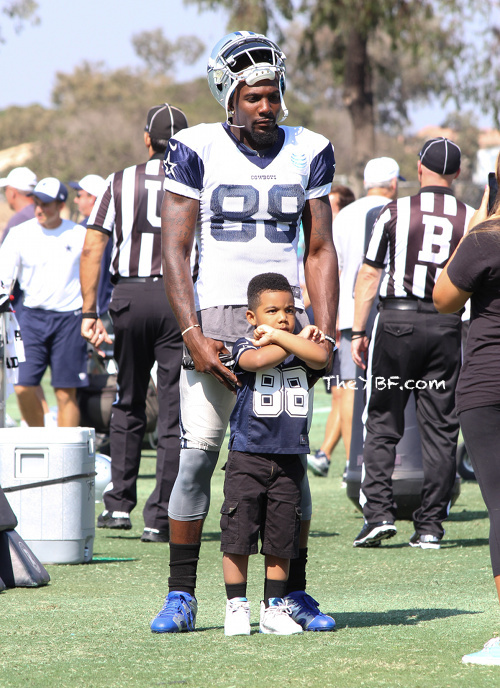
Contact your child's GP if they're vomiting and experiencing additional symptoms of an infection, such as a high temperature (fever) and irritability.
Appendicitis
Appendicitis is a painful swelling of the appendix, a finger-like pouch connected to the large intestine. It causes severe tummy pain that gets worse over time.
If your child has tummy pain that's gradually getting worse, contact your GP, or if they aren't open call NHS 24's 111 service immediately. You should call 999 for an ambulance if they have pain that gets worse quickly and spreads across their tummy.
In most cases of appendicitis, the appendix will need to be surgically removed as soon as possible.
Poison
Accidentally swallowing something poisonous can cause your child to vomit. If you think this is the case, contact your GP immediately or take your child to your nearest accident and emergency (A&E) department.
Causes of vomiting in babies
These include:
- gastroenteritis
- a food allergy or milk intolerance
- gastro-oesophageal reflux – where stomach contents escape back up the gullet
- too big a hole in the bottle teat, which causes your baby to swallow too much milk
- accidentally swallowing something poisonous
- congenital pyloric stenosis – a condition present at birth where the passage from the stomach to the bowel has narrowed, so food is unable to pass through easily; this causes projectile vomiting
- a strangulated hernia – your baby will vomit frequently and cry as if they are in a lot of pain; this should be treated as a medical emergency
- intussusception (where the bowel telescopes in on itself) – as well as vomiting, your baby may look pale, floppy and have symptoms of dehydration
Vomiting (for Parents) - Nemours KidsHealth
What Is Vomiting?
Vomiting is the forceful throwing up of stomach contents. Most kids vomit from time to time, but it usually doesn't last long and often gets better on its own.
Most kids vomit from time to time, but it usually doesn't last long and often gets better on its own.
What Causes Vomiting?
Many different things can make kids throw up. Most of the time, it’s due to gastroenteritis, an infection of the stomach and intestines. Gastroenteritis, often called the "stomach flu," is usually caused by viruses. Other germs, like bacteria and parasites, can also cause gastroenteritis. Besides vomiting, people with gastroenteritis also may have nausea, belly pain, and diarrhea. Vomiting due to gastroenteritis usually lasts less than 24 hours and other symptoms get better in a few days.
What Else Can Cause Vomiting?
People can sometimes vomit from:
- food poisoning
- motion sickness
- migraine headaches
- pregnancy
Rarely, vomiting can be a sign of a serious problem, including:
- a blocked intestine, such as pyloric stenosis in infants
- other problems of the stomach and intestines, like gallstones, pancreatitis, or appendicitis
- increased pressure in the brain that can happen after a head injury or as a symptom of meningitis or a brain tumor
What Are the Signs & Symptoms of Vomiting?
Kids often feel nauseous and have belly pain before throwing up. Other symptoms may include:
Other symptoms may include:
- fever
- loss of appetite
- diarrhea
Frequent vomiting can lead to dehydration (not having enough water in the body). Signs of dehydration include peeing less often crying with few or no tears, having a dry mouth or cracked lips, feeling dizzy or lightheaded, acting very sleepy or less alert.
How Do Doctors Find the Cause of Vomiting?
Doctors usually can tell if vomiting if part of a stomach flu by hearing about the symptoms. Usually, no tests are needed. If a child is vomiting often or is very sick, the doctor may order a urine test, blood test, or other tests to check for dehydration and to find out what is causing the vomiting.
How Is Vomiting Treated?
Treatment for vomiting depends on the cause. Vomiting from gastroenteritis usually goes away on its own in less than 24 hours.
If your child has vomiting, help prevent dehydration by giving an oral rehydration solution (such as Pedialyte, Enfalyte, or a store brand). It has the right amounts of water, sugar, and salt to help with dehydration. You can buy it without a prescription at drugstores or supermarkets. If you can’t get oral rehydration solution, talk to your doctor.
It has the right amounts of water, sugar, and salt to help with dehydration. You can buy it without a prescription at drugstores or supermarkets. If you can’t get oral rehydration solution, talk to your doctor.
If your child has mild dehydration and your doctor says it’s OK to start treatment at home:
- Start with small sips of the oral rehydration solution, about 1 or 2 teaspoons every few minutes.
- Babies can continue to breastfeed or take formula as long as they are not throwing up repeatedly.
- Don't give babies plain water instead of oral rehydration solution. It doesn't have the right nutrients for babies with dehydration.
- Older children can have frozen electrolyte popsicles.
- Don’t give medicines for vomiting unless your doctor recommends it.
- When your child stops vomiting, you can offer small amounts of solid foods, such as toast, crackers, rice, or mashed potatoes. Yogurt, fruits, vegetables, and lean meat, like chicken, are also OK.
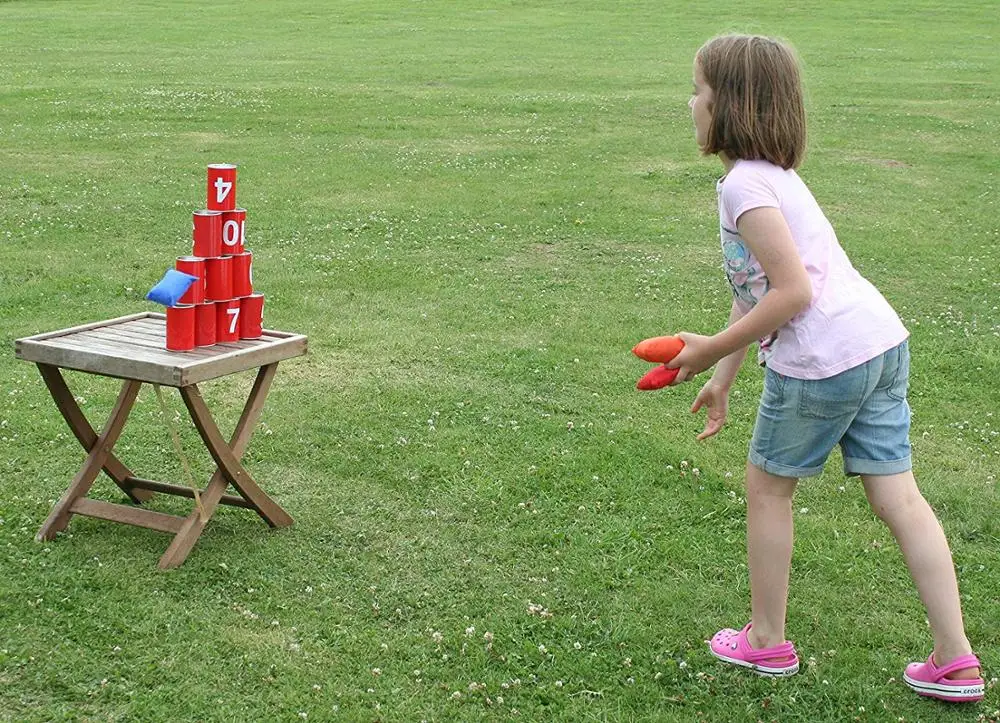
Kids who continue to vomit or have more severe dehydration need treatment in the ER or hospital.
When Should I Call the Doctor?
Call the doctor if your child:
- can’t drink for several hours
- has signs of dehydration, such as peeing less often, crying with few or no tears, having a dry mouth or cracked lips, feeling dizzy or lightheaded, acting very sleepy or less alert
- has a high fever
- is vomiting blood, or has green or brownish vomit
- has severe stomach or back pain
- has headache or stiff neck
- is vomiting after a head injury
- is vomiting for more than 24 hours
Reviewed by: Mary L. Gavin, MD
Date reviewed: May 2021
reasons, what to do, how to stop
The gag reflex is one of the protective reactions of the body, it is not always a sign of any disease. Vomiting helps the body get rid of toxins. Signals about the need to empty the stomach can come from various organs - the stomach, intestines, kidneys, liver, vestibular apparatus. These signals are sent to the vomiting center in the brain, which gives the command to empty the stomach.
These signals are sent to the vomiting center in the brain, which gives the command to empty the stomach.
Types of vomiting in a child
Vomiting can occur under various circumstances, such as traumatic brain injury, poisoning, motion sickness. In some cases, repeated vomiting occurs, sometimes it is accompanied by dizziness, fainting and loss of consciousness, abdominal pain and diarrhea.
| Vomiting of bile | Most often occurs with acute pancreatitis. Initially, it consists of the contents of the stomach, then bile is mixed with the main mass. By volume, vomiting is quite significant, because of this, the body can quickly fall into a state of dehydration. Traces of bile also appear with intussusception (obstruction) of the intestine. In addition to vomiting, in this case, there is episodic pain with spasms. |
| Vomiting of blood | Severe vomiting of blood may occur due to chemical burns. For example, when a child swallows acid, alkali and other caustic or poisonous substances. In this case, he needs urgent medical attention. Vomiting with blood also occurs with bleeding from the dilated veins of the esophagus in children with cirrhosis of the liver, as well as with a stomach or duodenal ulcer. All of these conditions need to be treated promptly. In this case, he needs urgent medical attention. Vomiting with blood also occurs with bleeding from the dilated veins of the esophagus in children with cirrhosis of the liver, as well as with a stomach or duodenal ulcer. All of these conditions need to be treated promptly. |
| Yellow or green vomit | This vomit has a bitter taste, which means that there are traces of bile in the mass. Perhaps there are problems with the functioning of the liver, gallbladder, or vomiting - a consequence of taking an excessive amount of fatty foods. The rotten smell of vomit indicates stagnation of food in the stomach. |
| Vomiting with mucus | Occurs in acute and chronic gastritis, food allergies (gastrointestinal form) and bronchitis. Usually, children under 3 years of age swallow sputum, with a fit of coughing, vomiting may begin with an admixture of mucus or sputum. |
Causes of vomiting in a child
If vomiting is not accompanied by fever, then the most likely cause of its occurrence may be disorders of the gastrointestinal tract, food poisoning (expired or poor-quality food, chemicals), intoxication after taking the medicine , dysbacteriosis.
Consider some possible causes.
Pylorospasm or pyloric spasm
Gastric spasm, which most often occurs in newborns due to the underdevelopment of the nervous system. Vomiting may be profuse. Such a child is usually restless, poorly gaining weight. Pylorospasm should not be confused with regurgitation, which is most often observed when the stomach is full of food.
Intestinal obstruction
Accompanied by severe pain, bloating, spasms, blood in the stool. Intestinal obstruction in children is most often associated with worms or intussusception, which is the introduction of a section of the intestine into a segment of an adjacent section of the intestine. The vomit may contain bile.
Vomiting may be accompanied by anti-peristaltic bowel movements, which may contribute to the entry of intestinal contents into the stomach (2).
Inflammatory diseases of the gastrointestinal tract (acute gastritis, gastroduodenitis, pancreatitis, cholecystitis)
These diseases can occur in violation of the diet, abuse of fried, smoked, fatty foods. In these cases, vomiting is often accompanied by diarrhea, abdominal pain, loss of appetite, and bloating. An increase in temperature is usually not observed, but in some cases it can reach 37°C.
Vomiting 10-15 minutes after eating is observed in functional dyspepsia, acute gastritis, tumor process of the cardiac part of the stomach. In some forms of gastritis, blood may be present in the vomit.
With gastroduodenitis, prolonged constipation may be replaced by diarrhea. In acute pancreatitis, the nature of vomiting attracts attention: it is repeated, plentiful. In this case, the contents of the stomach are first released, followed by bile and the contents of the duodenum. Such vomiting threatens with dehydration of the child's body. Vomiting in acute cholecystitis is usually not accompanied by diarrhea. The child, as a rule, is disturbed by pain in the right hypochondrium, bitterness in the mouth. Vomiting of food eaten the day before and even 1-2 days before its occurrence is characteristic of pyloric stenosis (1).
The child, as a rule, is disturbed by pain in the right hypochondrium, bitterness in the mouth. Vomiting of food eaten the day before and even 1-2 days before its occurrence is characteristic of pyloric stenosis (1).
Risk groups for the formation of functional disorders of the gastrointestinal tract in the first year of life:
- children born prematurely, morphofunctionally immature,
- children who did not receive breast milk at the first feeding,
- children who received total parenteral (through injection) nutrition ( 3).
Foreign body in the esophagus
Because children often put things in their mouths, a foreign body in the esophagus can cause vomiting. If a foreign body damages the mucous membrane of the esophagus or stomach, an admixture of blood may be detected in the vomit.
Food poisoning
Vomiting is common with food poisoning, such as expired or poor quality food, unwashed fruits and vegetables. In such cases, vomiting may be accompanied by diarrhea, sometimes the temperature rises.
Dysbacteriosis
Violation of the intestinal microflora due to prolonged use of antibiotics is often accompanied by vomiting and diarrhea. It is important to carefully consider the intake of such drugs, since they are detrimental not only to pathogenic microbes, but also to normal microflora.
Other diseases
Vomiting may also develop in diseases not related to the gastrointestinal tract, such as:
- traumatic brain injury, such as concussion or brain contusion;
- psychogenic trauma - can be provoked by stress, anxiety, emotional upheavals;
- disorders of the vestibular apparatus;
- metabolic diseases (diabetes mellitus, lactose intolerance, etc.).
What to do and how to stop vomiting in a child
First of all, you need to call a doctor. Before his arrival, the child should be given plenty of fluids - warm, slightly salted or mineral water without gas. You can try herbal decoctions, for example, from chamomile, mint, etc. This will unload the digestive tract, help remove toxins and replenish fluid loss.
You can try herbal decoctions, for example, from chamomile, mint, etc. This will unload the digestive tract, help remove toxins and replenish fluid loss.
During an attack of vomiting, it is important to ensure that the child is in a position that facilitates the discharge of vomit and does not choke. For this, the baby needs to be turned on its side and held in a semi-vertical position. After vomiting, it is necessary to rinse the mouth and free from vomit. You do not need to give your child any drugs or do a gastric lavage. Only a doctor can give appropriate appointments, having established the causes of vomiting.
— Depending on the cause of the vomiting, there are several ways to stop it before the doctor arrives. Parents of a child should not be given antiemetic drugs, since vomiting most often has a protective function, says pediatrician Svetlana Ivanchenko . - To replace the lost fluid, parents can start drinking a solution to restore fluid and electrolyte balance, as well as give tea with lemon for children over 3 years old. Doctors do not recommend bottled "baby" water for drinking a child with vomiting, because. this can further worsen the water and electrolyte composition of the blood in the body. In addition, current fluid losses with loose stools and vomiting are taken into account: for each episode of diarrhea / vomiting, an additional 100-200 ml of fluid is given.
Doctors do not recommend bottled "baby" water for drinking a child with vomiting, because. this can further worsen the water and electrolyte composition of the blood in the body. In addition, current fluid losses with loose stools and vomiting are taken into account: for each episode of diarrhea / vomiting, an additional 100-200 ml of fluid is given.
The child should be calmed down and placed in a cool, quiet place. Put a cool damp cloth on your forehead, stroke your stomach without pressure in a clockwise direction. You should pay attention to the frequency and volume of urination in a child.
Thirst increases in the child, dry skin and mucous membranes appear. But with increasing dehydration, the child becomes lethargic, stops urinating, thirst disappears, the skin loses turgor (elasticity), and the eyes “sink”. In this case, there is no time to waste, it is necessary to call a doctor and hospitalize the child.
Daily fluid requirement per child's weight:
| 2-10 kg | 100 ml/kg |
| 10-20 kg per 10+5 kg each over 10 + 5 ml | |
| > 20 kg | 1500 ml + 20 ml/kg for every kg over 20 kg To stop vomiting if it occurs during feeding, you can hold the child in an upright position. Liquid food can be given no earlier than two hours after the end of vomiting. Liquid food can be given no earlier than two hours after the end of vomiting. After vomiting, a sparing diet and sufficient fluid intake should be followed. A child can be given cereals from rice, buckwheat, oatmeal, low-fat vegetable soups, baked apples, boiled vegetables, crackers, kissels. Prevention“To prevent vomiting, you need to follow some preventive measures,” says pediatrician Svetlana Ivanchenko. - Do not give your child fatty, fried foods, soda, foods that have expired or are suspected of their low quality. During the hot season, offer to drink more often, stay in the shade of trees, and not under the rays of the scorching sun. Timely pass medical examinations in the decreed terms. Then, at the slightest change in laboratory and instrumental studies, the doctor can pre-diagnose and prescribe preventive or therapeutic measures. Here are some more important rules:
Popular Questions and AnswersSvetlana Ivanchenko, pediatrician at MEDSI Clinic on Leninsky Prospekt, doctor of the first qualification category, answered popular questions. Vomiting in a child and stomach ache - what could be the reasons?Abdominal pain in a child is one of the most common symptoms. In infants, it is associated with colic and the accumulation of gases in the intestines. In children older than one year, it may occur due to food poisoning, acute inflammation of the gastrointestinal tract. If your child has a stomachache, seek medical attention. The doctor will diagnose, determine the cause of the pain, prescribe the most appropriate treatment. It is important to know that some diseases can be almost asymptomatic or atypical. What does vomiting with diarrhea mean?Vomiting with diarrhea may be indicative of: • food poisoning with products that have expired or with violations of storage rules, preparation technologies, etc.; Vomiting without abdominal pain or other symptoms - what could be the cause? Vomiting in a child without fever and diarrhea is common. For parents, this condition causes serious concern, since they cannot find an explanation for what is happening. Here are some examples of such conditions. • Gastroesophageal reflux. Reflux is accompanied by the following symptoms: the child is restless, does not gain weight well, often hiccups, asthma attacks are possible. Also, children with gastroesophageal reflux are characterized by salivation and morning cough. If the pathology is not eliminated in a timely manner, then heartburn, belching, bouts of shortness of breath, night snoring, dysphagia will join in the future, and tooth enamel will suffer. In children under three months of age, reflux is a normal physiological phenomenon and is often accompanied by vomiting and regurgitation. This is due to the underdevelopment of the distal esophagus and the small volume of the stomach. • Pylorospasm is a disease that manifests itself as a spasm of the pyloric part of the stomach, which leads to problems with emptying it. As a result, the child periodically vomits. It is not abundant and is observed from the first days of life. Girls are more likely to suffer from the disease. • Pyloric stenosis is a condition that refers to congenital malformations of the muscular layer of the stomach and manifests itself in profuse vomiting. It usually occurs 20 minutes after feeding the baby. The vomit does not contain impurities and consists of undigested breast milk. Manifests (manifests) a pathological condition already on the 2nd-3rd day of the baby's life. In addition to vomiting, there is a sinking of the fontanel and weight loss, which is dangerous for infants. • Intestinal intussusception — a variant of intestinal obstruction, consists in the introduction of a section of the intestine into the lumen of an adjacent segment. The disease occurs in 90% of cases in infants, it is detected mainly at 5-7 months, although it can also develop in older children. • Diseases of the central nervous system. Diseases that affect the central nervous system are often accompanied by persistent vomiting, which is not associated with food intake. As a rule, cerebral vomiting occurs at the peak of the headache and does not bring relief to the child. The most common diseases of the central nervous system in infancy, accompanied by vomiting: cerebral ischemia and hydrocephalus. In children older than one year, these are brain tumors and increased intracranial pressure. In pathologies of the central nervous system, vomiting is rarely the only symptom of the disease. Most often there are such signs as: headaches, coordination disorders, visual disturbances, dizziness. • Psychogenic vomiting. Psychogenic vomiting occurs in a child after the age of three years. Provoking factors can be severe anxiety, fear, overexcitation and other emotional upheavals. Sometimes psychogenic vomiting is a way to attract attention, which is typical for children deprived of parental care. There may be other causes of vomiting: sunstroke, being in a stuffy room, motion sickness. Sources
reasons and first aid for a child We treat children according to the principles of evidence-based medicine: we choose only those diagnostic and treatment methods that have proven their effectiveness. Make an appointment via WhatsApp Prices Doctors The first children's clinic of evidence-based medicine in Moscow No unnecessary examinations and medicines! We will prescribe only what has proven effective and will help your child. Treatment according to world standards We treat children with the same quality as in the best medical centers in the world. The best team of doctors in Fantasy! Pediatricians and subspecialists Fantasy - highly experienced doctors, members of professional societies. Doctors constantly improve their qualifications, undergo internships abroad. Ultimate treatment safety We made pediatric medicine safe! All our staff work according to the most stringent international standards JCI We have fun, like visiting best friends Game room, cheerful animator, gifts after the reception. |
 ;
;  Therefore, you should not prescribe treatment yourself, if pain occurs, you should immediately seek medical help.
Therefore, you should not prescribe treatment yourself, if pain occurs, you should immediately seek medical help.  Nausea and vomiting do not normally occur.
Nausea and vomiting do not normally occur.  Over time, regurgitation will occur less and less, and then it should stop altogether.
Over time, regurgitation will occur less and less, and then it should stop altogether. 

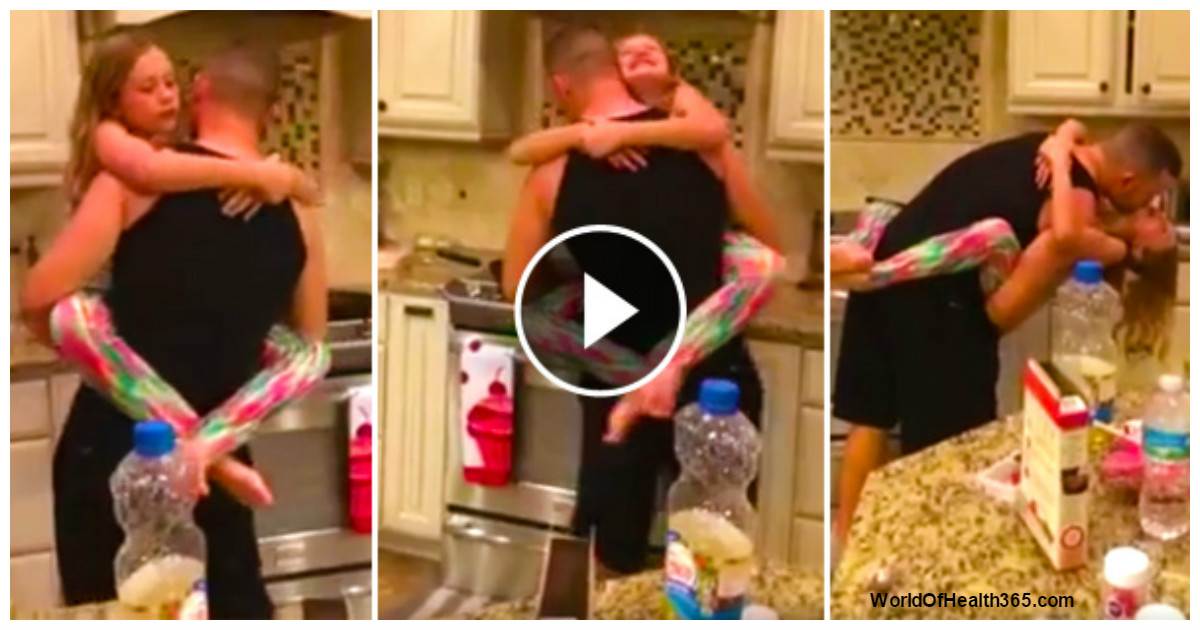 We will never prescribe unnecessary examinations and medicines!
We will never prescribe unnecessary examinations and medicines! 
